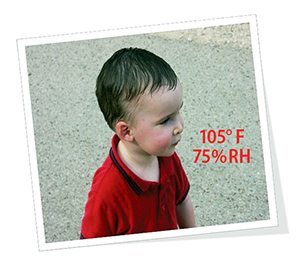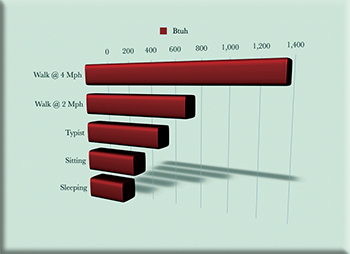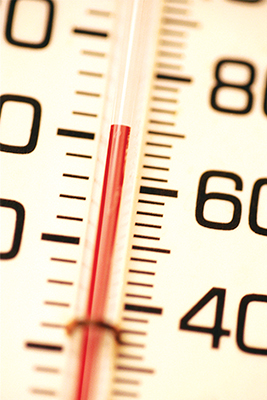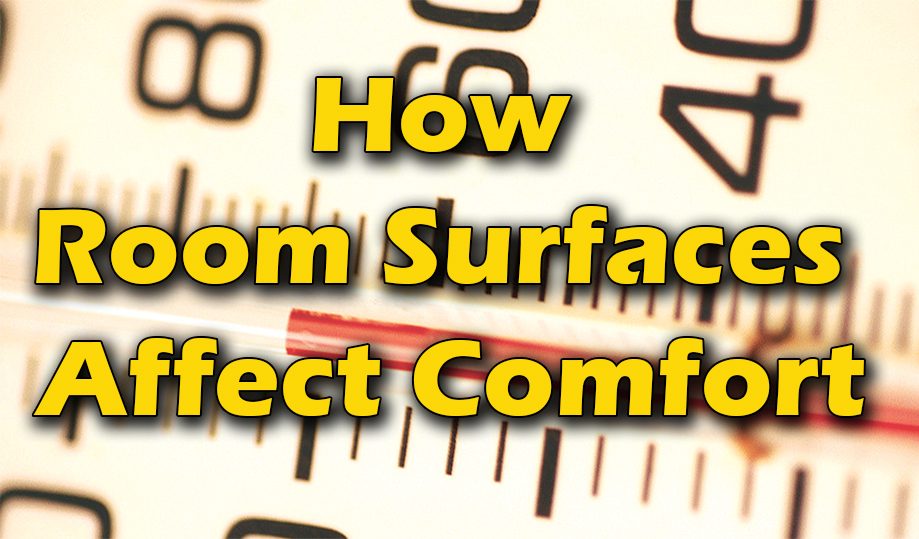
In the late 1980s, our family spent a winter living in an old farmhouse in the Catskill Mountains of New York. Portions of the house date back to 1896. We guessed this from the headlines of newspapers we pulled out of the old horsehair and plaster walls we were removing in the remodel. A fuel-oil boiler in the basement heated the house by circulating hot water through baseboard radiators.
Our preference was to be near one of these radiators when a good old-fashioned blizzard was howling outside. I can still remember standing in front of one of the rattling, multi-pane windows shivering in my wool sweater, even though the soup on the kitchen stove was boiling, the wood stove was almost glowing, and the baseboard radiators kept the room a comfy 70°F or so.
Understanding Comes Later in Life

I only understood the radiant loss I was experiencing and its profound impact on human comfort much later in my life. We associate many factors, both physical and psychological, with being or feeling comfortable.
The heating and air conditioning practitioner must be concerned with those factors affecting the conditions which provide a healthy and thermally comfortable environment for people. To better understand how “comfort” works, we must discuss how the human body handles heat.

Food’s energy (calories) is released when it’s oxidized or, in a sense, burned inside the body. This process of internal heat generation is called metabolism. Internally generated heat must be dissipated. Otherwise, body temperature would rise, and a person would become ill or die.
Some of this internal energy is released as work (moving about), but most energy is converted to heat, which then transfers to surroundings.
Heat Generated by a Person Is Related to Their Activity Level

Heat Transfer to the Environment: The human body operates internally at approximately 98.6°. Normally, the body’s “cooling system” controls the body temperature so that it is always within a few tenths of a degree of that temperature. The skin surface temperature is typically cooler, approximately 86°F.
The primary rule to keep a person comfortable is to maintain the environment so that heat generated by their metabolism can be rejected at a comfortable rate. If you allow people to lose heat too fast, they will shiver and shake. If they lose heat too slowly, they get warm and perspire.
Click Below for the Next Page:













My uncles knew this back in the 1940s. They made the ceilings the radiant heat source in their homes. Their homes were the most comfortable winter homes I’ve ever been in.